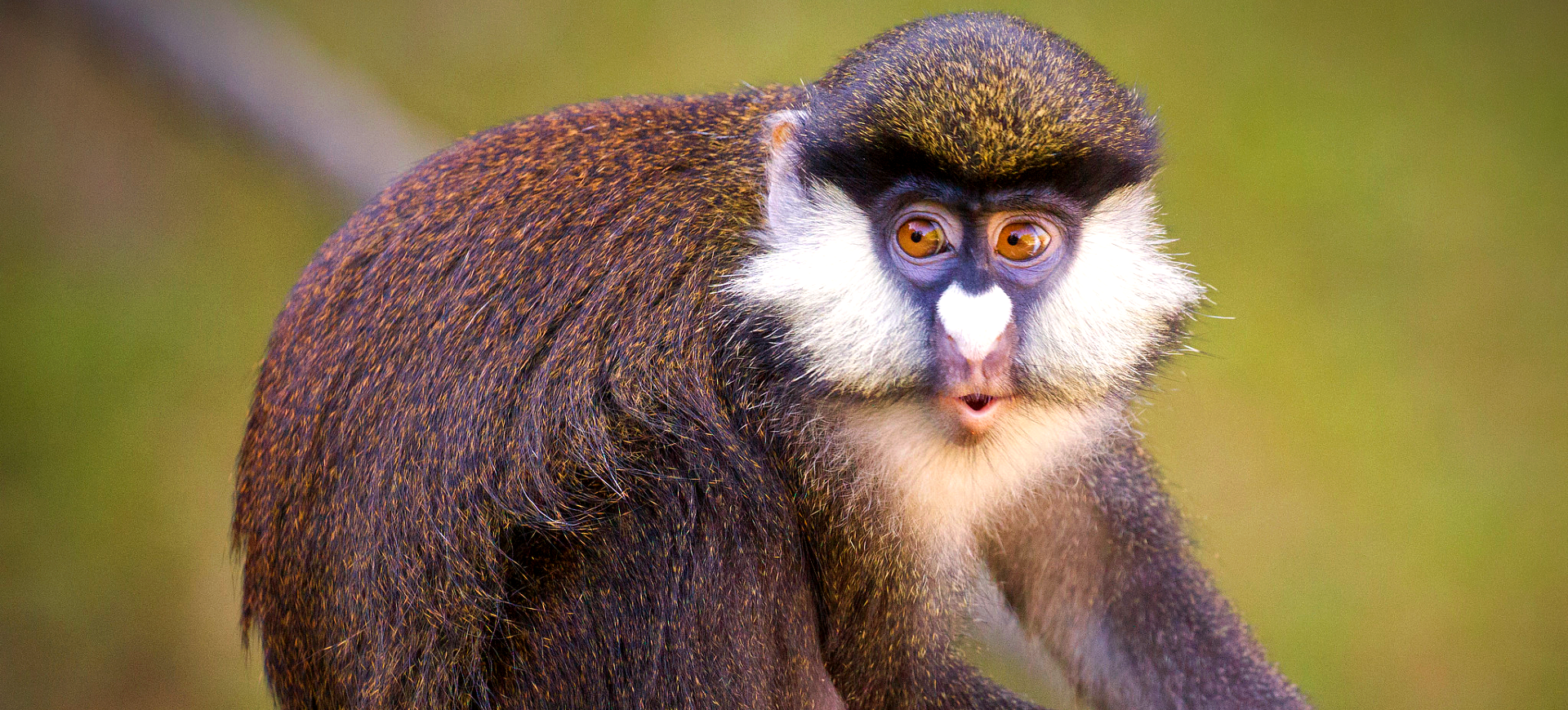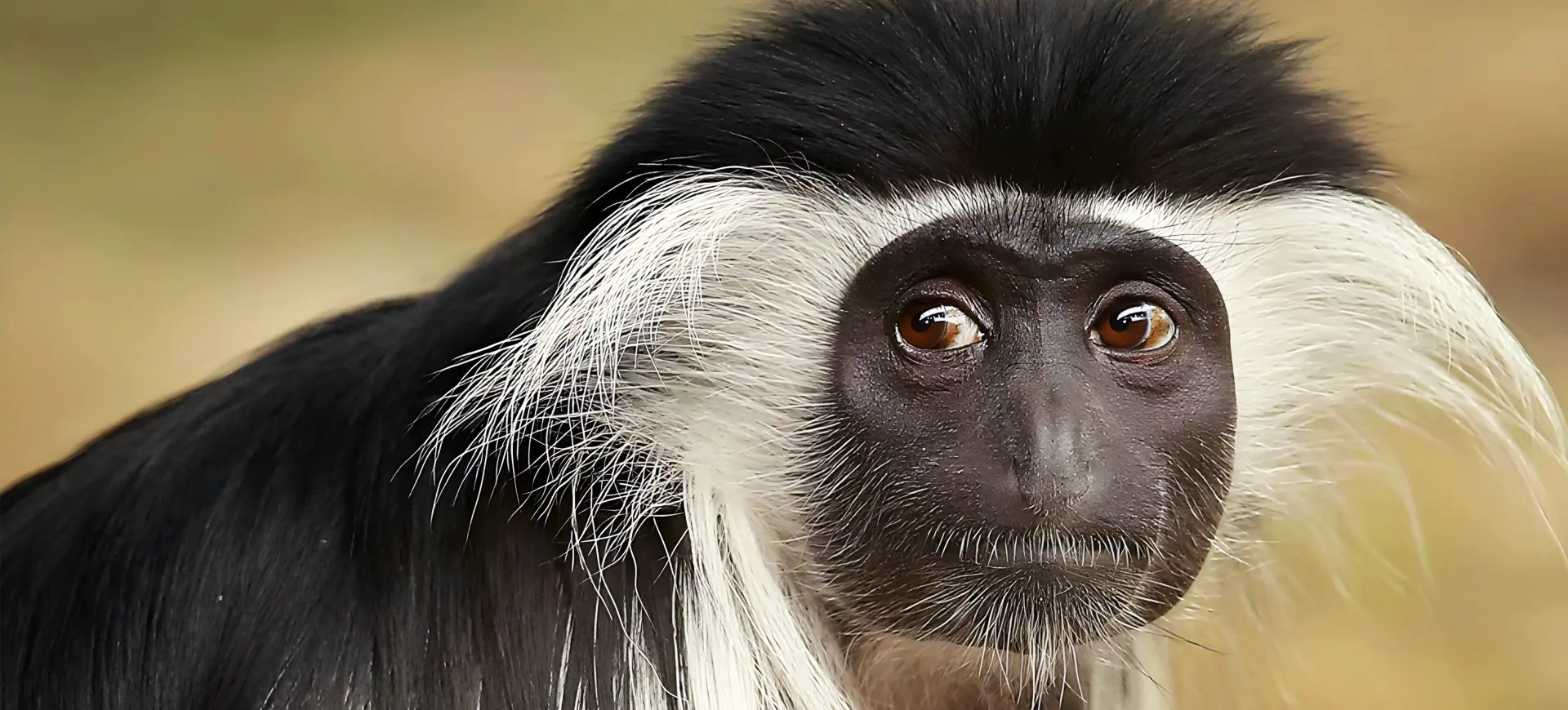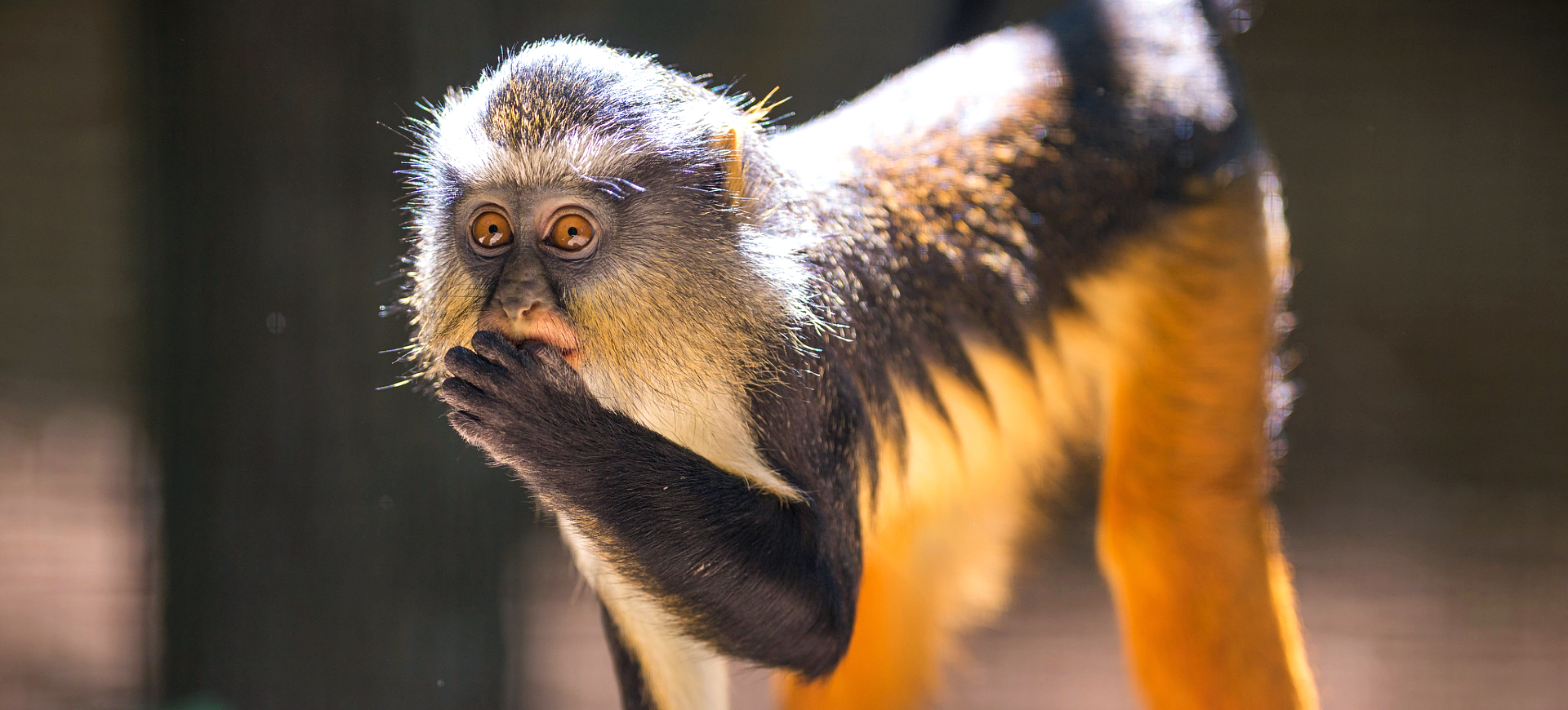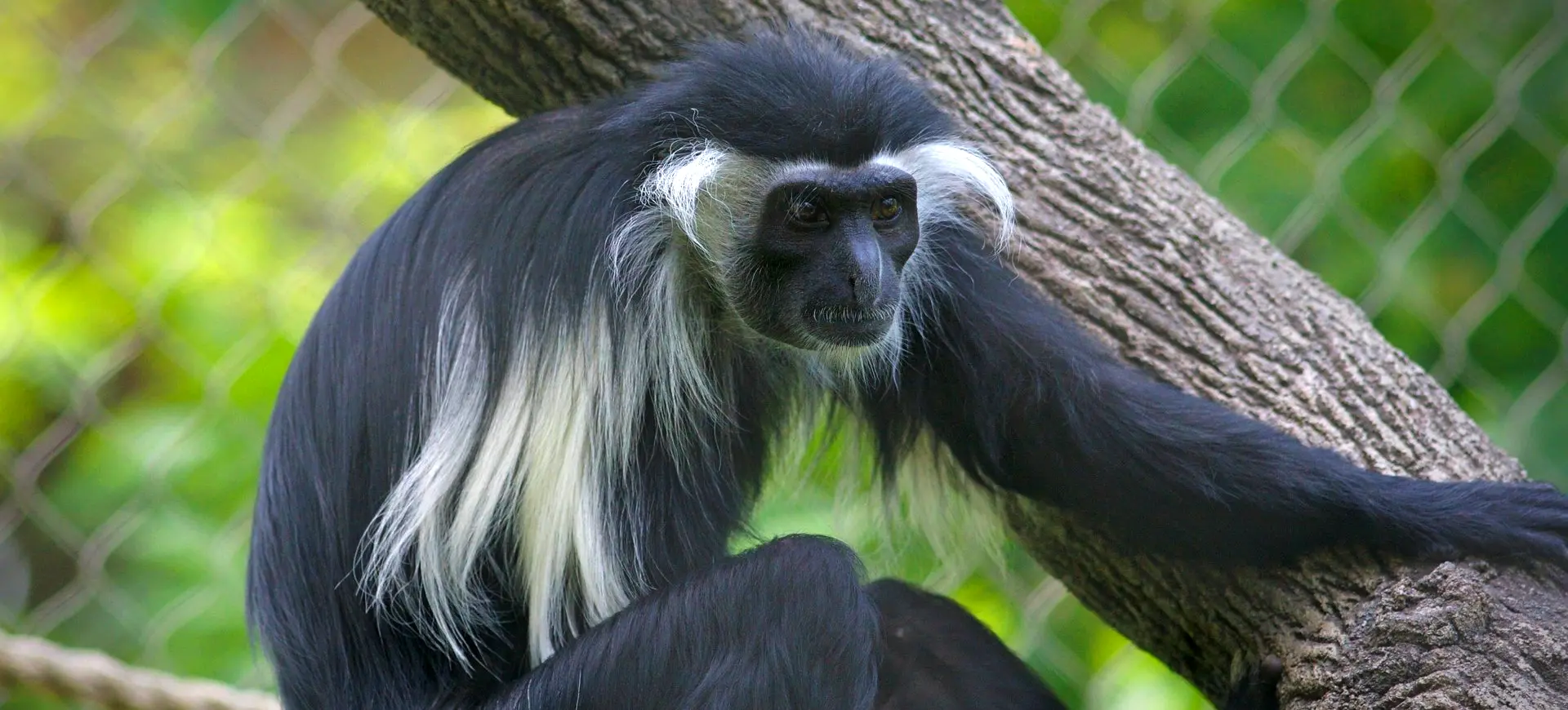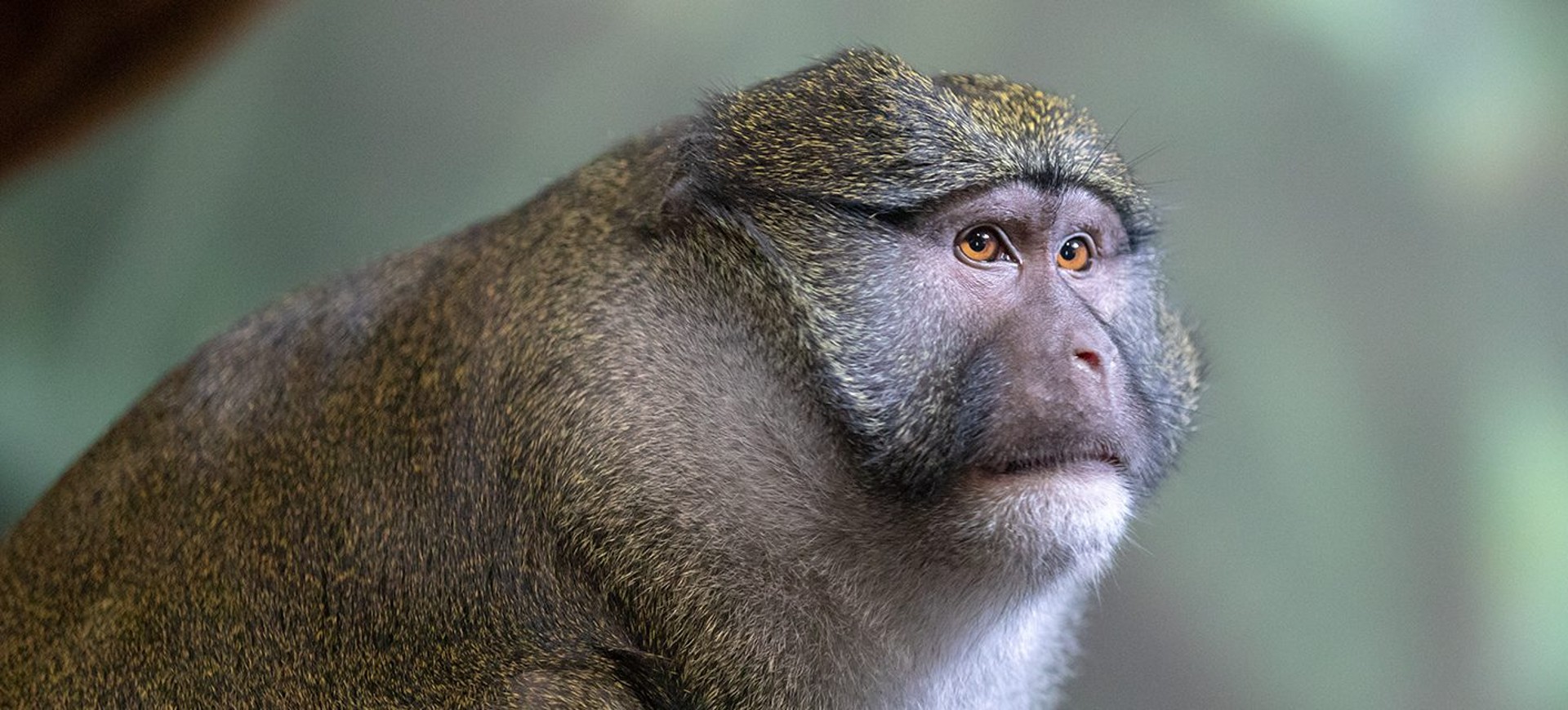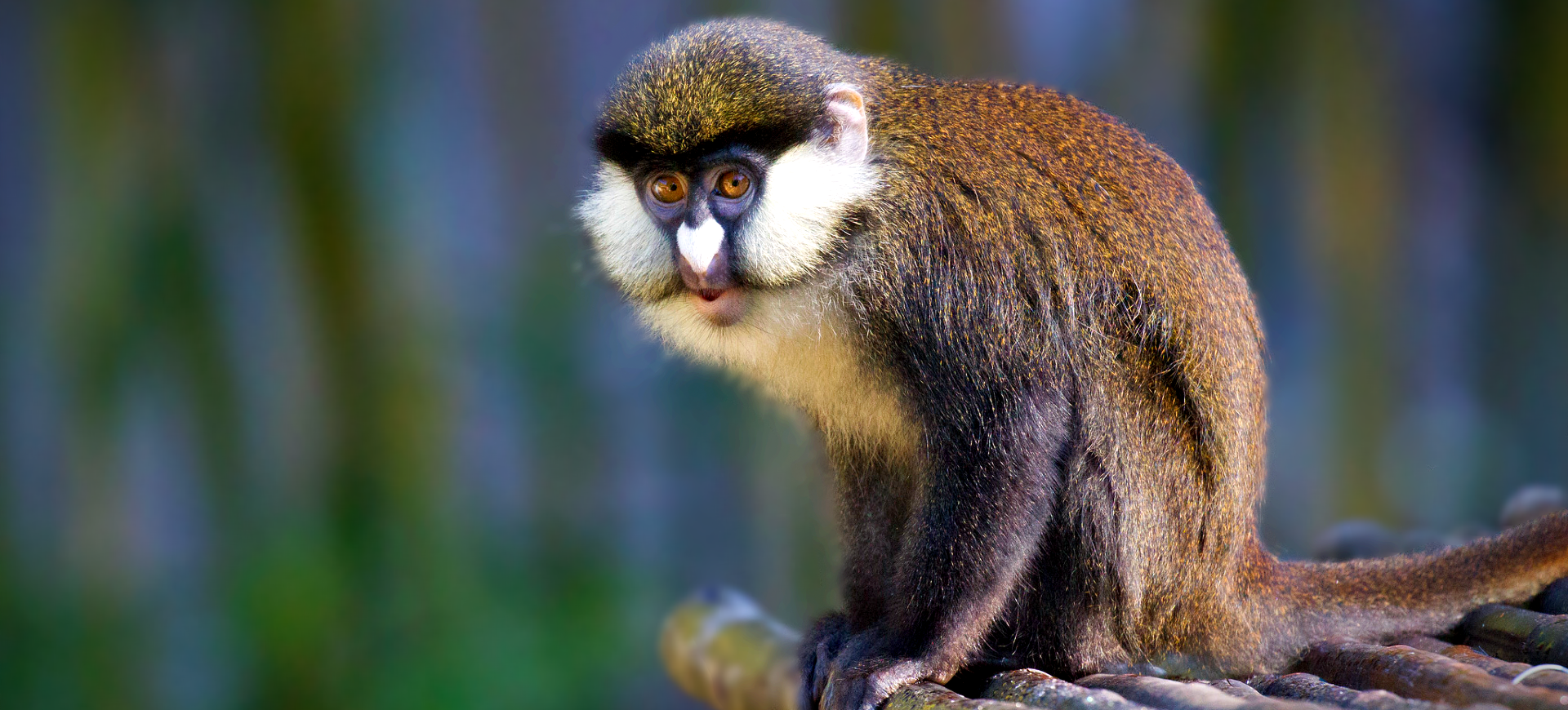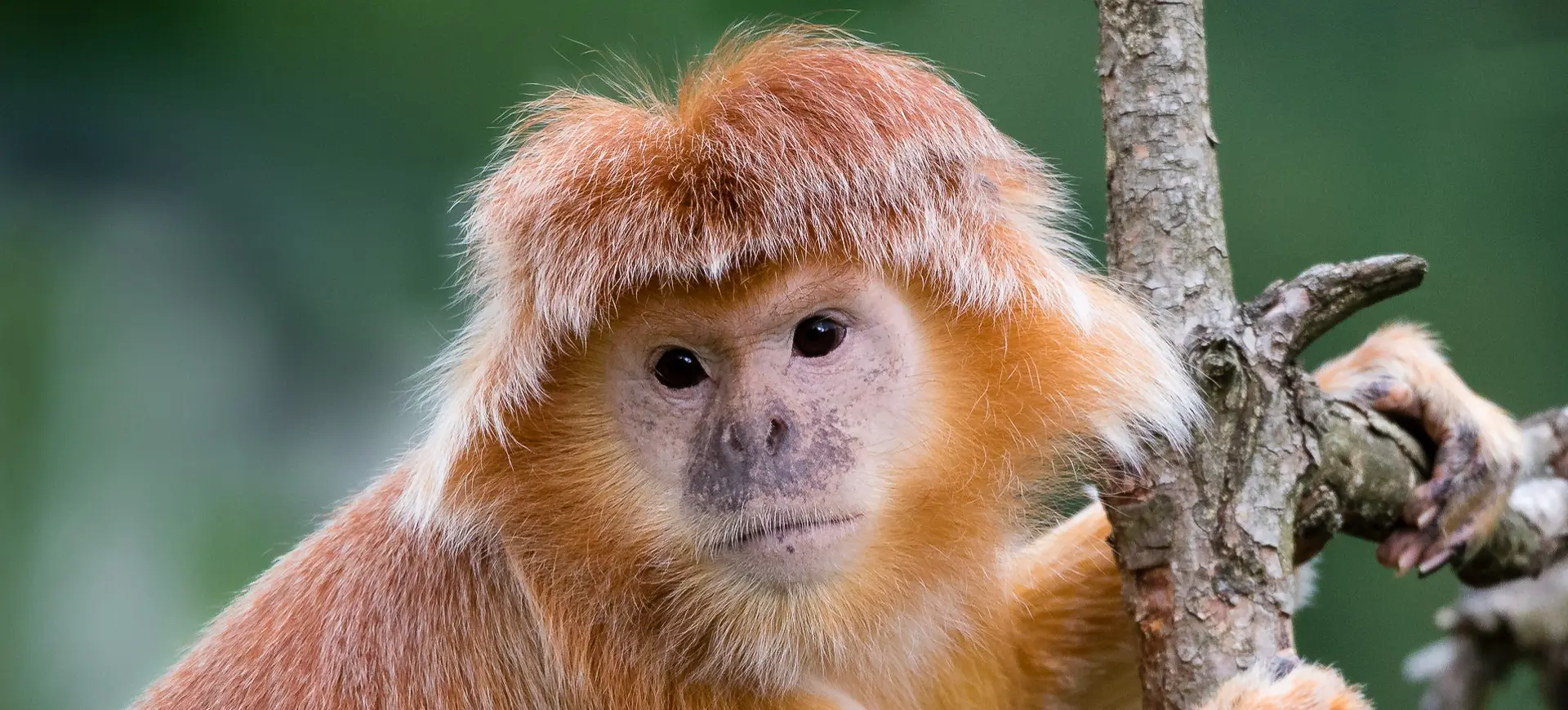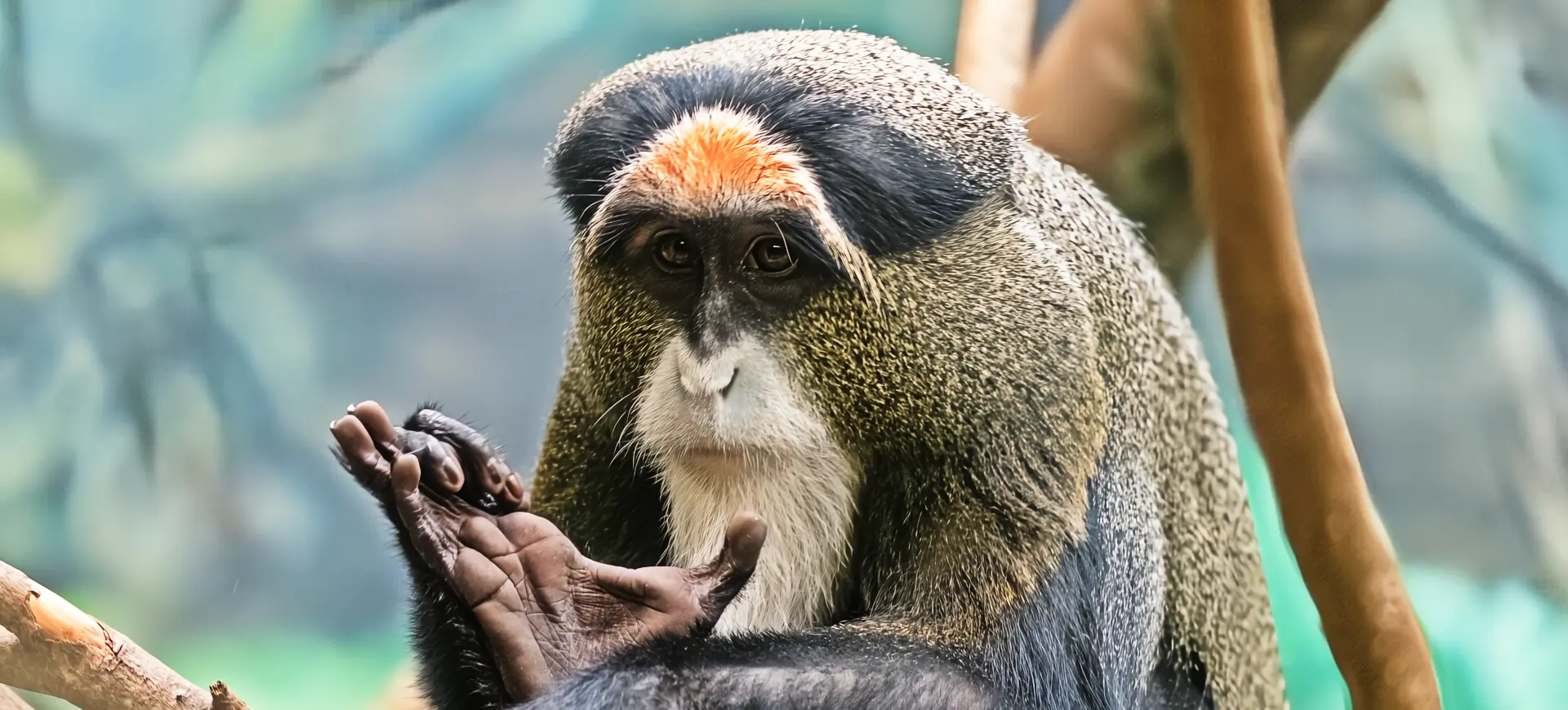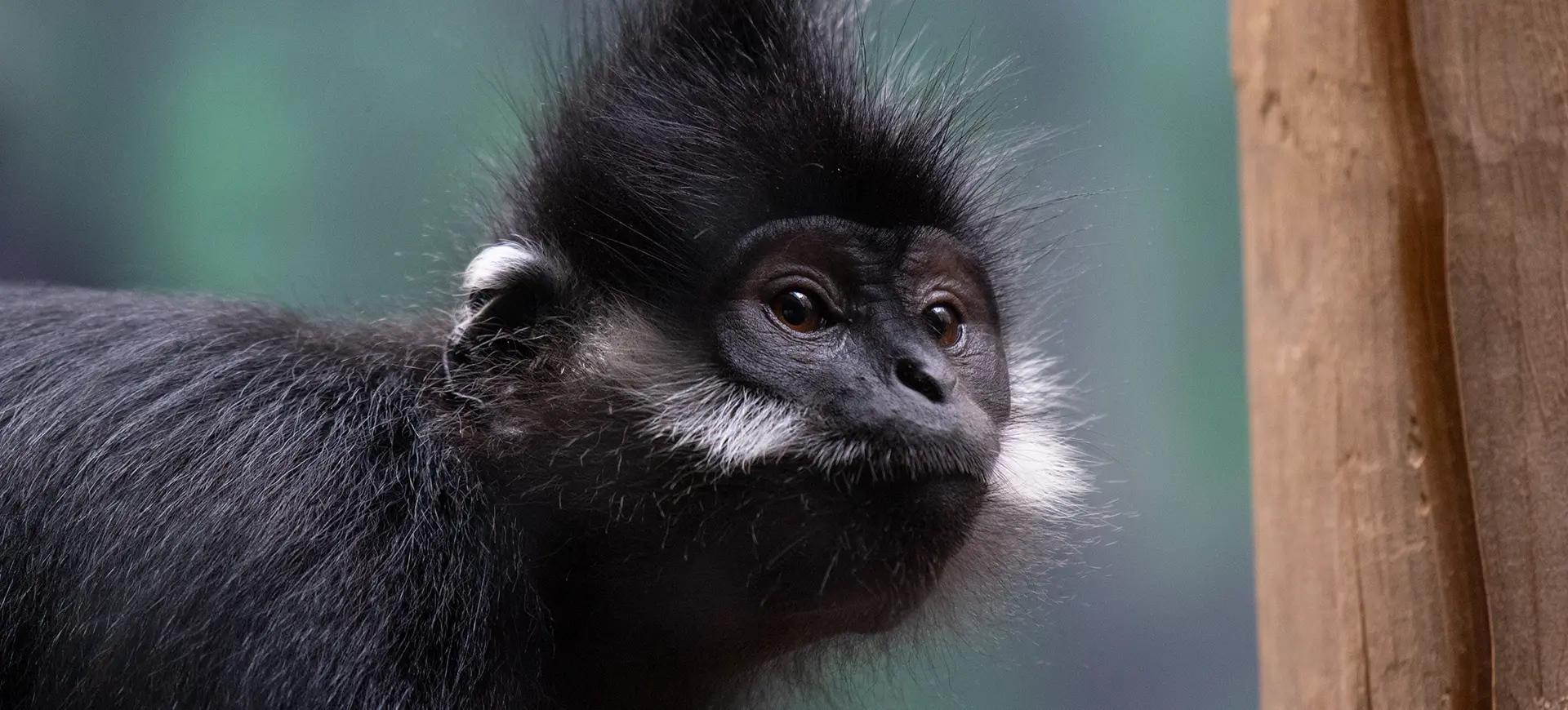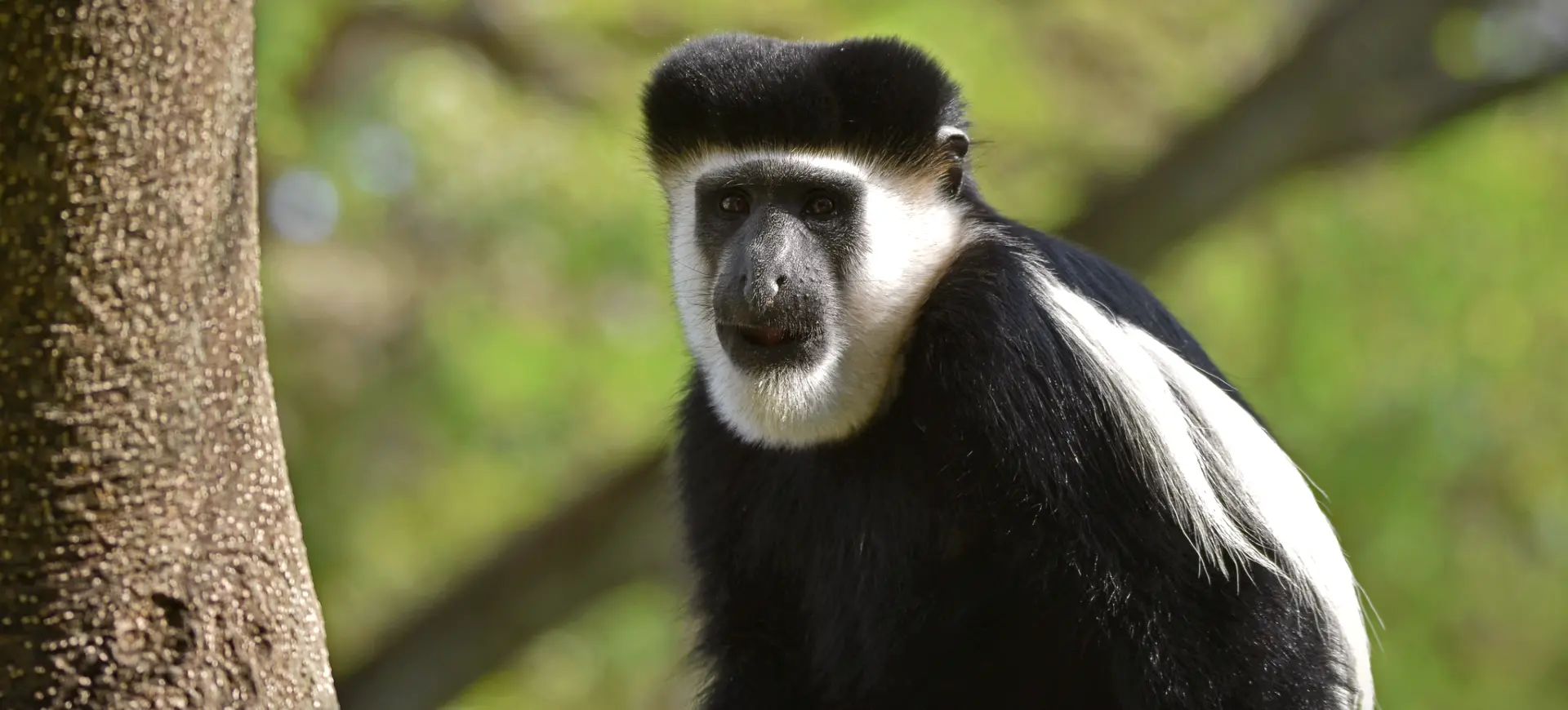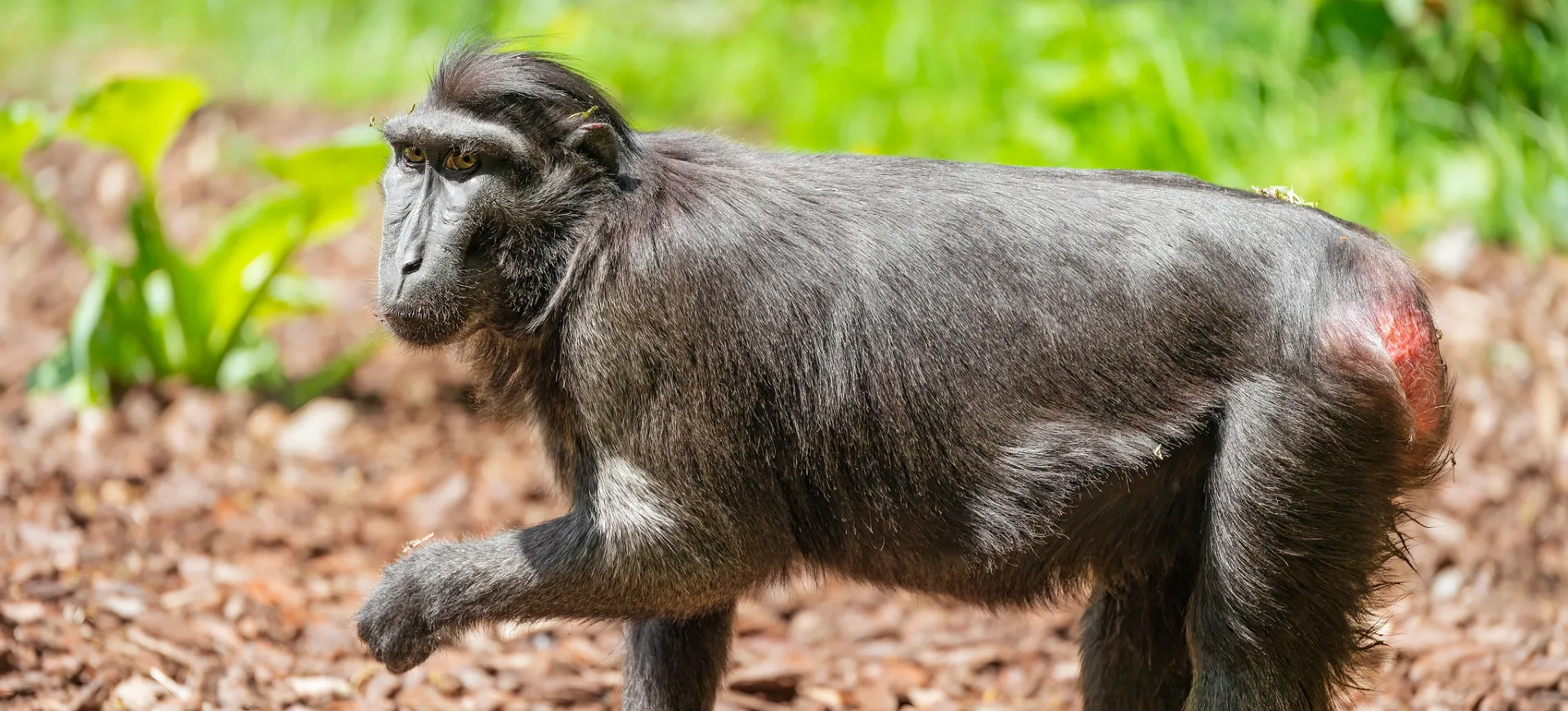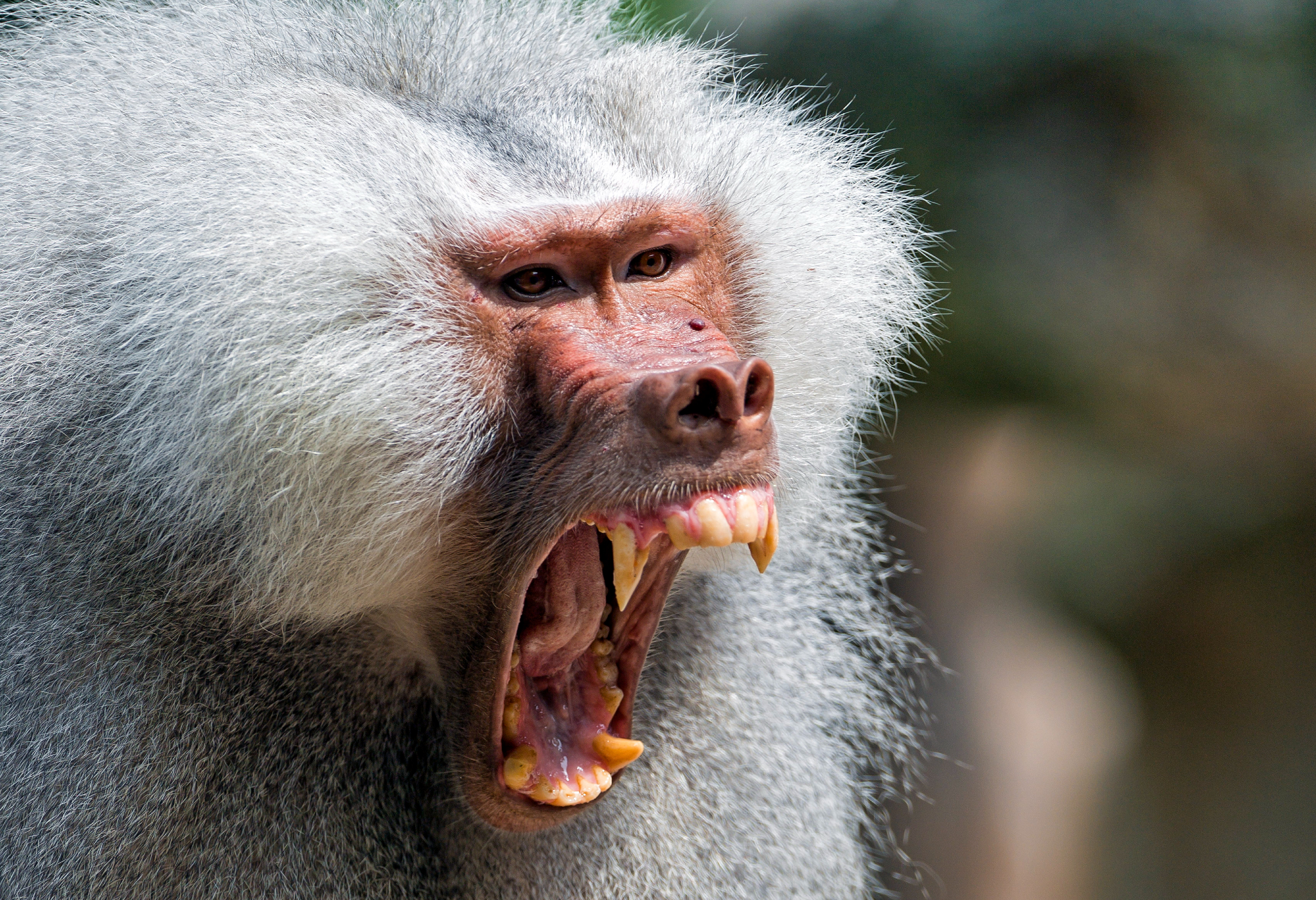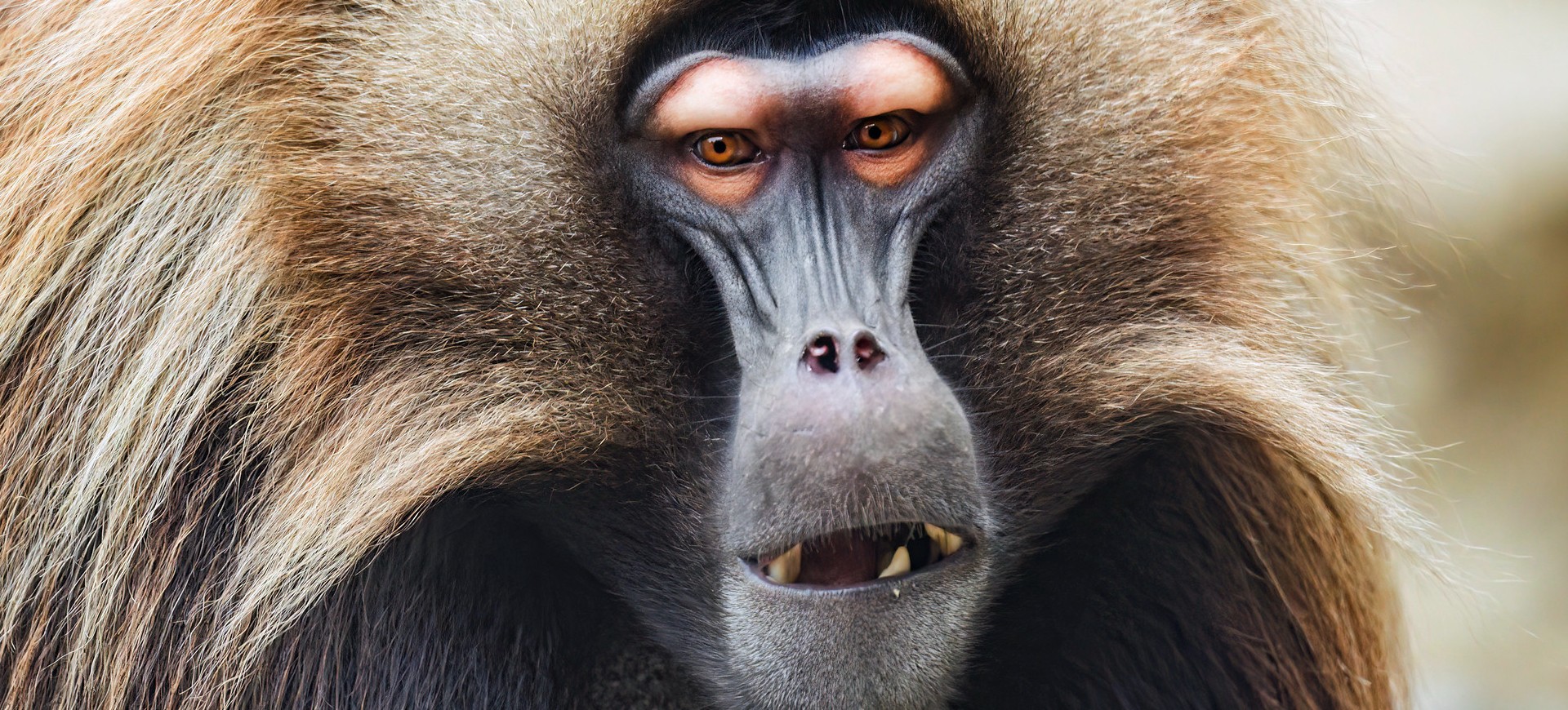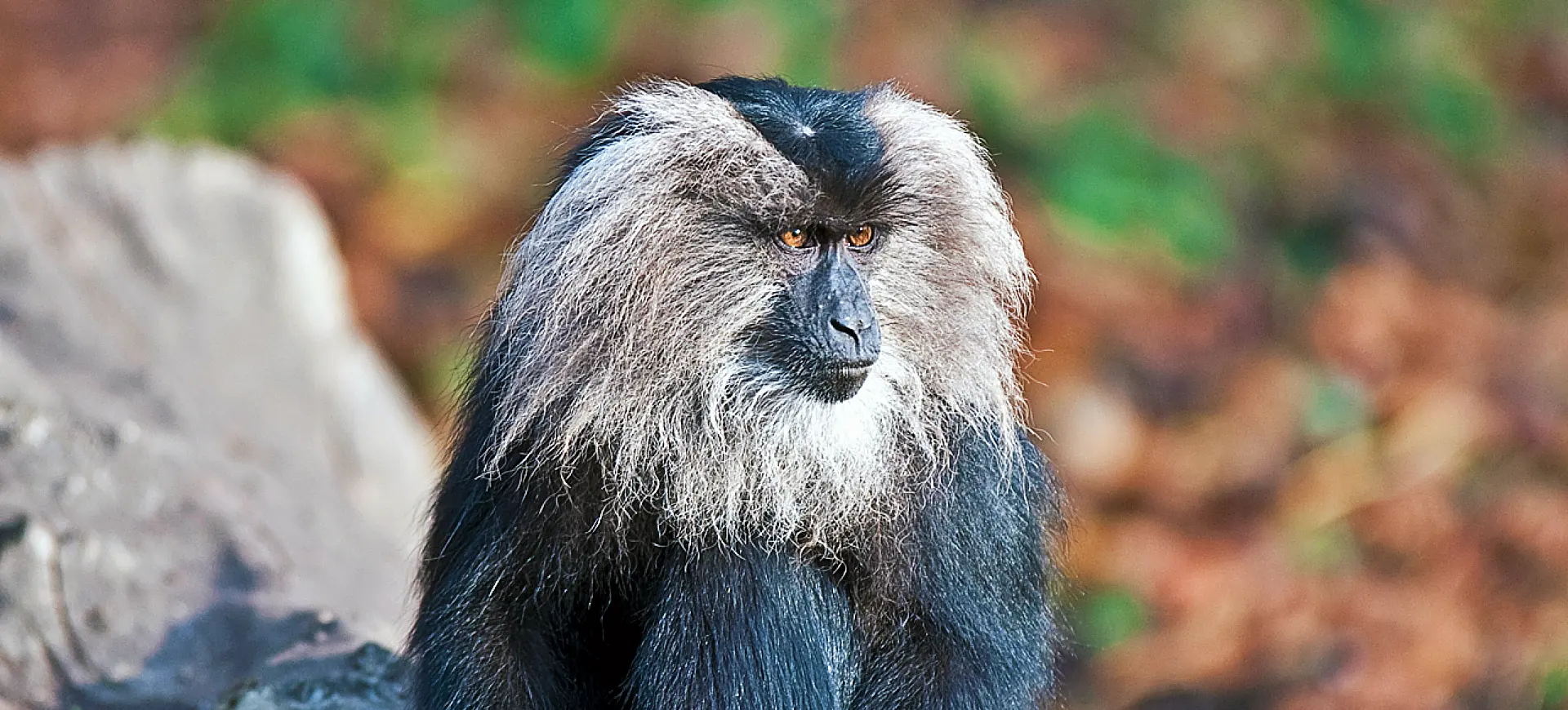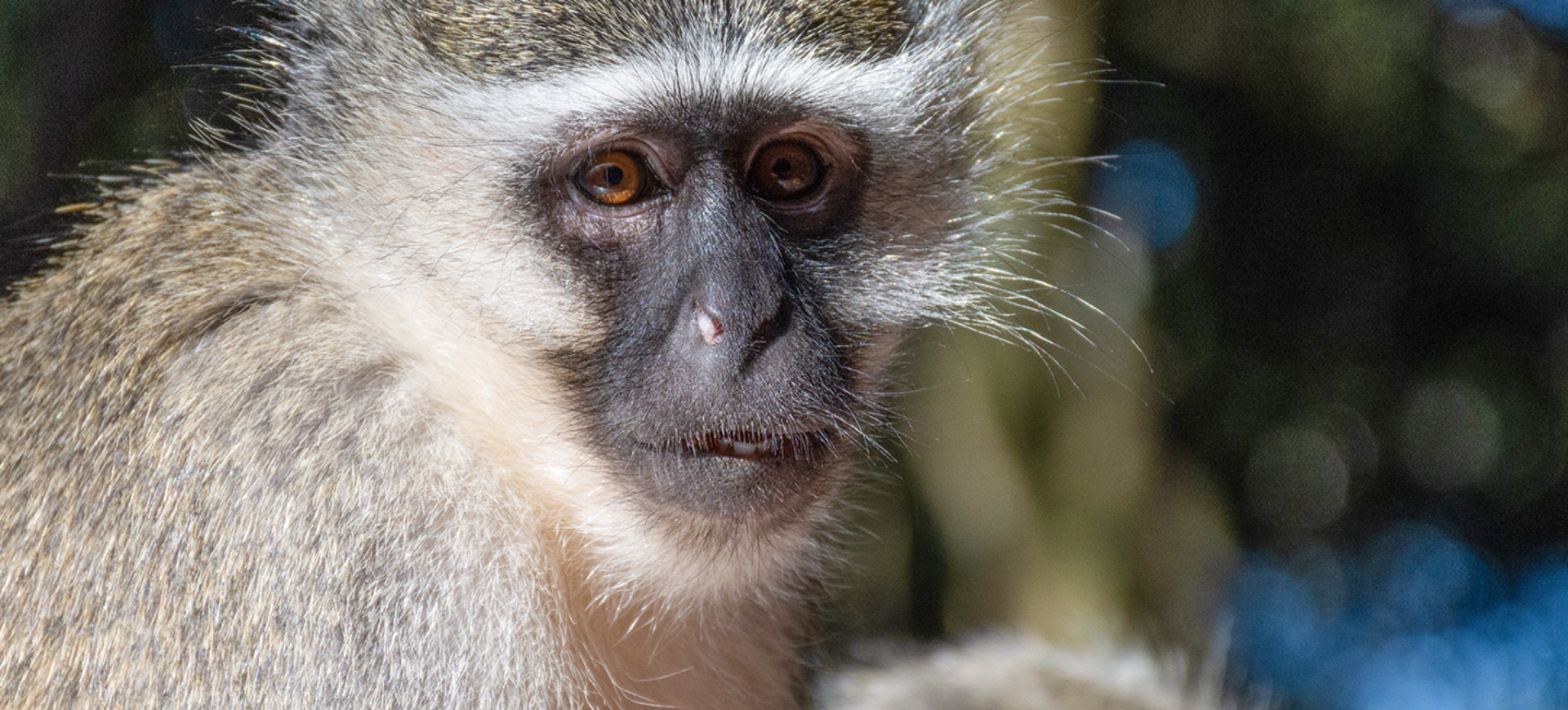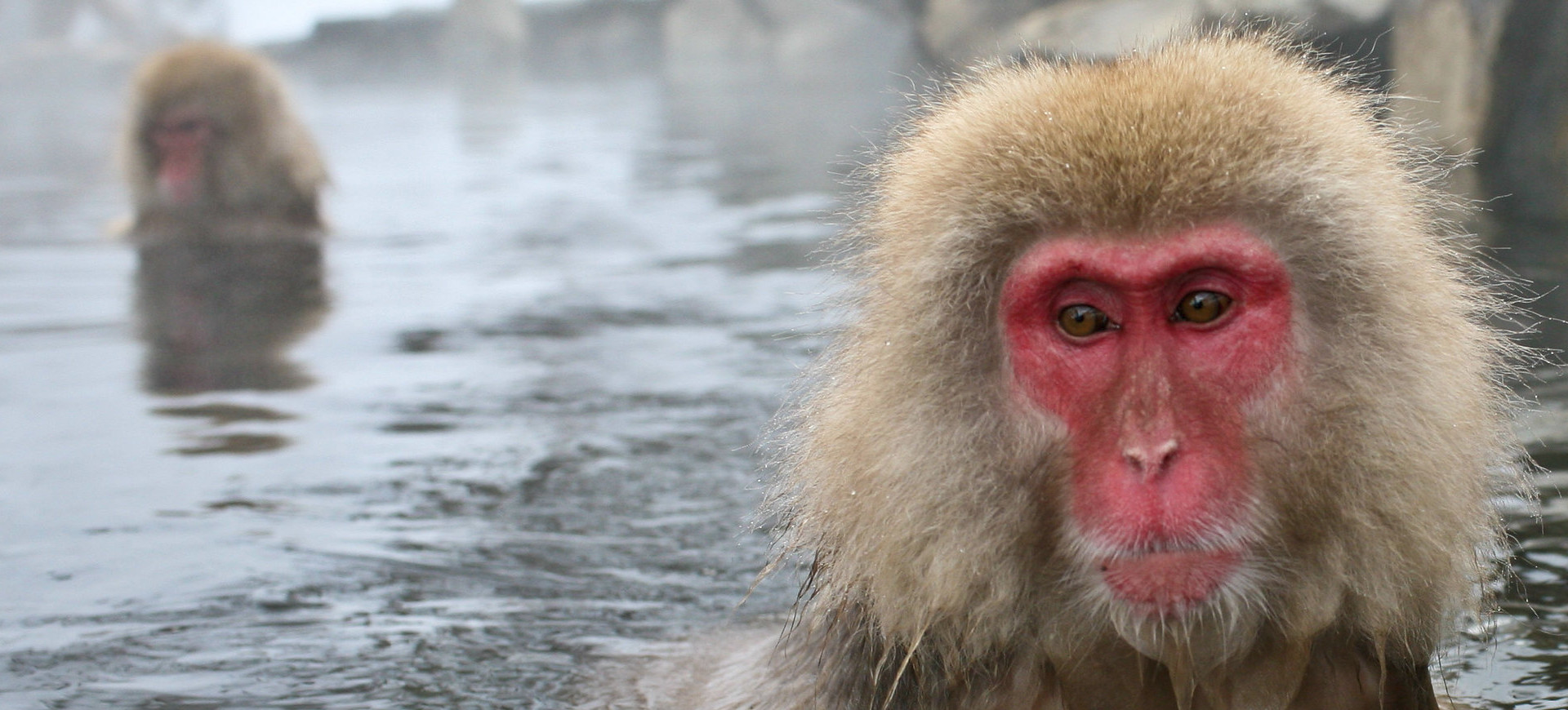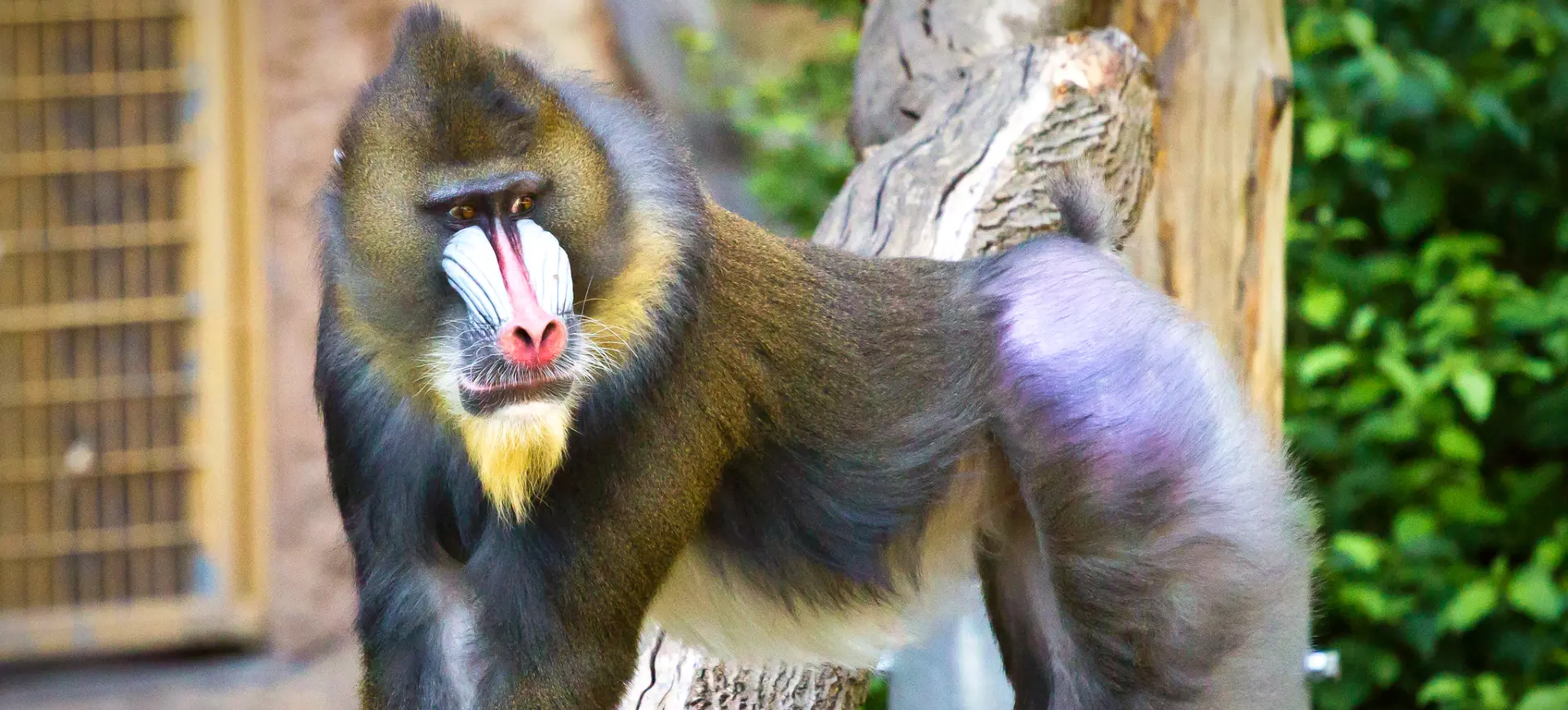Overview
The Patas Monkey, also known as the Wadi Monkey or Hussar Monkey, is a ground-dwelling primate native to sub-Saharan Africa. It is the only species in the genus Erythrocebus and is characterized by its long limbs and slender body, which make it the fastest primate. The species is well-adapted to a terrestrial lifestyle, although it can climb trees when necessary.
The Patas Monkey primarily inhabits open savannas and grasslands, avoiding densely wooded areas. It is a diurnal species, active during the day, and forms social groups known as troops. These troops are usually led by a single dominant male, who has exclusive mating rights with the females in the group.
The diet of the Patas Monkey is omnivorous, consisting of fruits, seeds, and small animals. The species is known for its remarkable speed, which it uses to evade predators. While not currently endangered, the Patas Monkey faces habitat loss and hunting threats, making conservation efforts increasingly important.
Taxonomy
Kingdom
Phylum
Class
Order
Family
Genus
Species
Type
Physical Description:
The Patas Monkey is a medium-sized primate with a slender build and long limbs, adapted for a terrestrial lifestyle. The fur is generally reddish-brown on the back and lighter on the belly. Males are noticeably larger than females and may have a mane of longer fur around the neck and shoulders.
The species has a distinctive white mustache and a dark stripe down the nose. The eyes are large and expressive, providing a wide field of vision that is crucial for spotting predators. The long, powerful legs are particularly adapted for running, making the Patas Monkey the fastest primate.

Lifespan: Wild: ~12 years || Captivity: ~24 years

Weight: Male: 22–31 lbs (10–14 kg) || Female: 15–26 lbs (7–12 kg)

Length: Male: 33–50 in (84–127 cm) || Female: 30–45 in (76–114 cm)

Height: Male: 24–30 in (61–76 cm) || Female: 20–26 in (51–66 cm)

Top Speed: 34 mph (55 km/h)
Characteristic:
Native Habitat:
The Patas Monkey is native to sub-Saharan Africa, inhabiting open savannas, grasslands, and semi-deserts. The species prefers areas with sparse tree cover, which allows it to utilize its speed to evade predators. It is highly adaptable and can also be found in agricultural areas, where it sometimes conflicts with humans.
The range of the Patas Monkey is fragmented due to habitat loss and human encroachment. While the species is not currently endangered, it faces increasing threats from deforestation and hunting. Conservation efforts are focused on habitat protection and mitigating human-wildlife conflicts.
Climate Zones:
Biomes:
Biogeographical Realms:
Continents:
Countries:
Diet:
Diet & Feeding Habits:
The Patas Monkey has an omnivorous diet, including fruits, seeds, leaves, and small animals like insects and rodents. They forage primarily on the ground but climb trees to access fruits and escape predators. The species is known to cover large distances for food, often foraging in a home range exceeding 20 square miles.
Due to their daily nature, Patas Monkeys are most active during the day. They employ a “sit-and-wait” strategy for hunting small animals, relying on their keen eyesight to spot prey. The troop often splits into smaller groups to forage, reuniting at specific locations at the end of the day.
Mating Behavior:
Mating Description:
The Patas Monkey has a polygynous mating system, where a single dominant male mates with multiple females in the troop. The breeding season is not strictly defined and can occur throughout the year, depending on local conditions. Females give birth to a single offspring after a gestation period of about 167 days.
During the mating season, the dominant male displays to assert his dominance and secure mating rights. These displays include vocalizations, body postures, and sometimes physical confrontations with rival males. After giving birth, the female is primarily responsible for caring for the offspring, although other females in the troop may assist.
Reproduction Season:
Birth Type:
Pregnancy Duration:
Female Name:
Male Name:
Baby Name:
Social Structure Description:
The Patas Monkey lives in social groups known as troops, typically consisting of one dominant male, multiple females, and their offspring. The dominant male is responsible for the defense of the troop and has exclusive mating rights with the females. Social interactions within the troop include grooming, play, and vocalizations, strengthening social bonds.
The hierarchy within the troop is relatively stable but can be disrupted by the arrival of a new dominant male. In such cases, the new male may evict the previous dominant male and take over the troop. This social structure is crucial for the Patas Monkey’s survival, as it protects against predators and helps in efficient foraging.
Groups:
Conservation Status:
Population Trend:
The Patas Monkey is currently listed as “Least Concern” by the IUCN, but it faces increasing threats from habitat loss and hunting. The species is generally common within its range but is experiencing a decline in some areas due to human activities. Conservation efforts are focused on habitat protection and community-based initiatives to mitigate human-wildlife conflict.
Despite its relatively stable status, the Patas Monkey is vulnerable to rapid environmental changes, including deforestation and climate change. The species is also hunted for meat and captured for the pet trade, although these activities are less prevalent than other primates. Ongoing monitoring and conservation initiatives are crucial to ensure the long-term survival of this unique primate.
Population Threats:
The primary threats to the Patas Monkey are habitat loss and hunting. Agricultural expansion and human settlement are leading to the fragmentation of its natural habitat, making it more difficult for the species to find food and evade predators. The Patas Monkey is hunted for its meat and sometimes captured for the pet trade.
Human-wildlife conflict is another significant threat, especially in areas where the Patas Monkey’s habitat overlaps with agricultural lands. The species is known to raid crops, leading to retaliatory killings by farmers. Conservation efforts aim to mitigate these conflicts through education and establishing protected areas.
Conservation Efforts:
Conservation strategies for the Patas Monkey include habitat protection and community-based initiatives. Several protected areas have been established within the species’ range to safeguard its natural habitat. Additionally, educational programs are being implemented to raise awareness about the importance of conserving this unique primate.
Community-based conservation programs are also in place, encouraging local communities to participate in conservation efforts. These programs aim to mitigate human-wildlife conflicts by promoting sustainable agricultural practices and providing alternative livelihoods. Ongoing monitoring and research are crucial for adapting conservation strategies to the changing needs of the Patas Monkey population.
Additional Resources:
Fun Facts
- The Patas Monkey is the fastest primate, capable of reaching speeds up to 34 mph.
- The species is highly adaptable and can survive in various habitats, including savannas, grasslands, and semi-deserts.
- The Patas Monkey has a polygynous mating system, with one dominant male mating with multiple females.
- They are known for their distinctive white mustache and dark facial stripes.
- The species is diurnal, active primarily during the day.
- The Patas Monkey is an omnivore, feeding on fruits, seeds, and small animals.
- They live in social groups called troops, which a single dominant male usually leads.
- The species has a relatively long lifespan, living up to 20 years in the wild and 24 years in captivity.
- The Patas Monkey is currently listed as “Least Concern” by the IUCN but faces increasing habitat loss and hunting threats.
- Despite being a ground-dwelling species, the Patas Monkey can climb trees to escape predators or access food.






